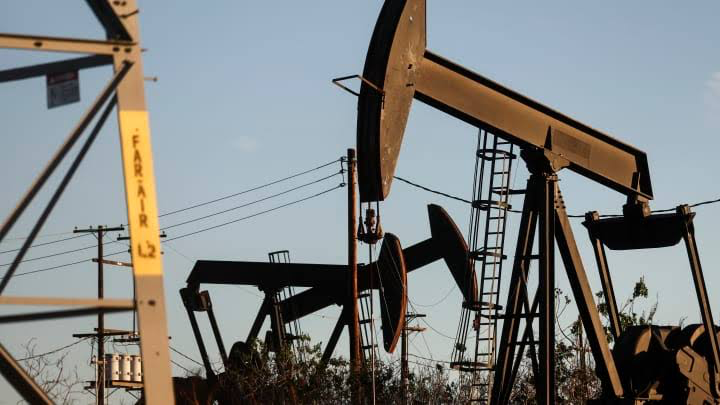Oil prices rebounded on Tuesday after initial jitters earlier in the day. The concern? Hurricane Beryl, a powerful storm churning through the Caribbean Sea, posed a potential threat to offshore oil production in the U.S.-regulated northern Gulf of Mexico. Thankfully, updated forecasts eased those concerns as Beryl’s path appears set to avoid most oil fields.
Beryl’s Fury Bypasses Oil Fields
The initial worry stemmed from Beryl’s potential impact on oil production facilities in the northern Gulf of Mexico. This region is a significant contributor to domestic oil supplies in the United States. The thought of a major hurricane disrupting operations sent ripples through the oil market, causing prices to rise on Monday.
However, as new forecasts emerged on Tuesday, the picture changed. Analysts began to downplay the threat. “Markets came to the realization that Beryl is not going to shut down any major amounts of offshore oil production,” said Phil Flynn, an analyst at the Price Futures Group. “We may see some shutdowns, but it’s going to have a minimal impact on platforms.”
This shift in sentiment led to a decline in oil prices. Brent crude futures settled 36 cents lower at $86.24 a barrel, representing a 0.42% decrease. West Texas Intermediate (WTI) crude settled at $82.81 a barrel, down 57 cents or 0.68%. It’s worth noting that both benchmarks had gained around 2% on Monday as Beryl’s potential impact initially caused market jitters.
Hurricane Weakens, But Gulf Concerns Remain
Although Beryl is currently a powerful Category 4 hurricane, the good news is that it’s expected to weaken into a tropical storm by the time it reaches the Gulf of Mexico later this week, according to the U.S. National Hurricane Center. This significantly reduces the risk of disruption to offshore oil production facilities.
“We dodged a bullet on Beryl,” said John Kilduff, partner at Again Capital LLC. However, he cautions against complacency. “But, there definitely is an understanding that any storm that develops in the Gulf is going to be a big one.” This sentiment reflects the ongoing concern about potential disruptions from future storms in the region. The Gulf of Mexico is a hurricane-prone area, and a major storm hitting production facilities could cause significant price spikes.
Oil Inventory Data Offers Mixed Signals
Adding another layer to the story is data released on Tuesday by industry sources from the American Petroleum Institute (API). This data provides a snapshot of U.S. oil inventories for the week ending June 28th. The report showed a mixed picture.
On the one hand, there was a drawdown of 9.163 million barrels in crude oil stocks, indicating a decrease in supply. This could put upward pressure on prices in the long term. On the other hand, gasoline stockpiles increased by 2.468 million barrels during the same period. This suggests that there’s currently ample gasoline to meet upcoming summer demand, particularly for the Fourth of July holiday weekend in the United States, which is typically associated with a rise in gasoline consumption. Distillate inventories also saw a decline, falling by 740,000 barrels. Distillates are a category of fuel oils used in heating and transportation.
The combined effect of these inventory changes is difficult to predict definitively. The decline in crude oil stocks suggests tightening supply, while the increase in gasoline stockpiles points towards a more relaxed market in the near term. Analysts will be closely monitoring these trends and how they interact with the evolving weather situation in the Gulf of Mexico to determine the future course of oil prices.
Source: Reuters



